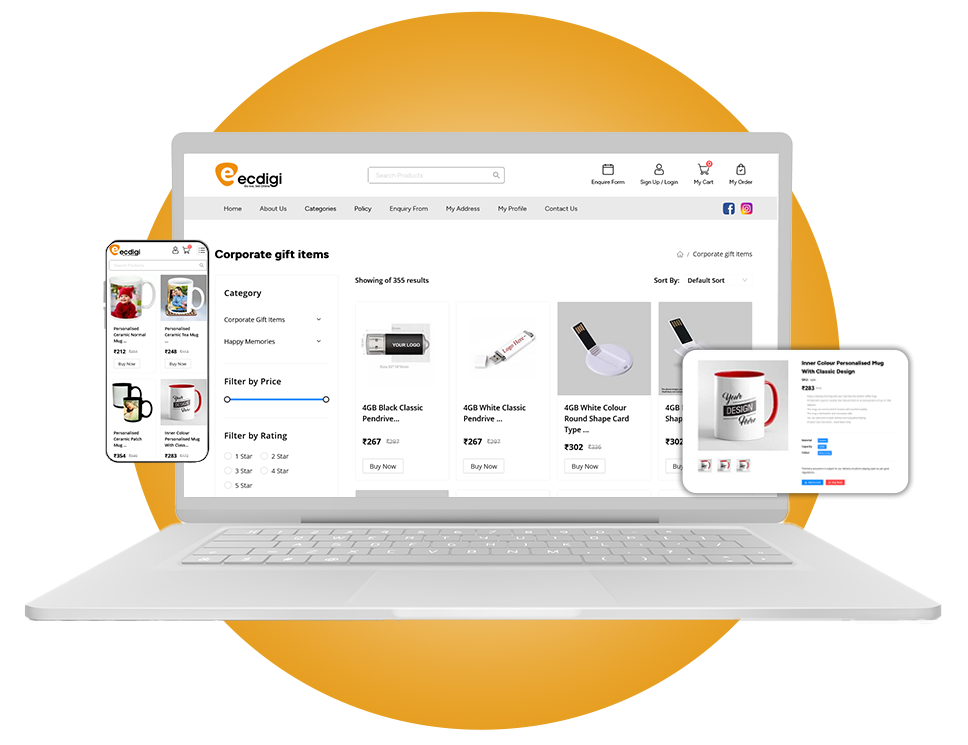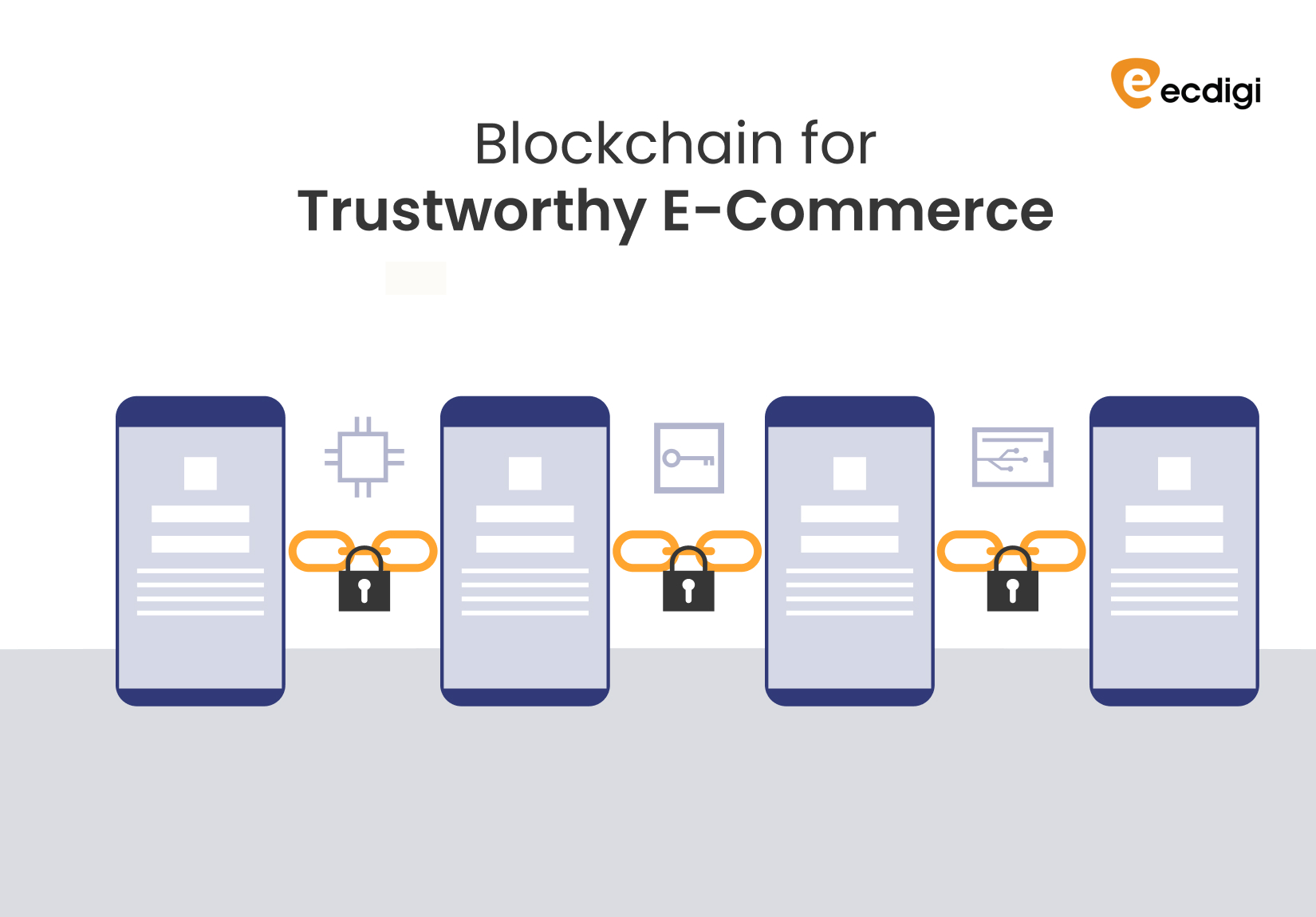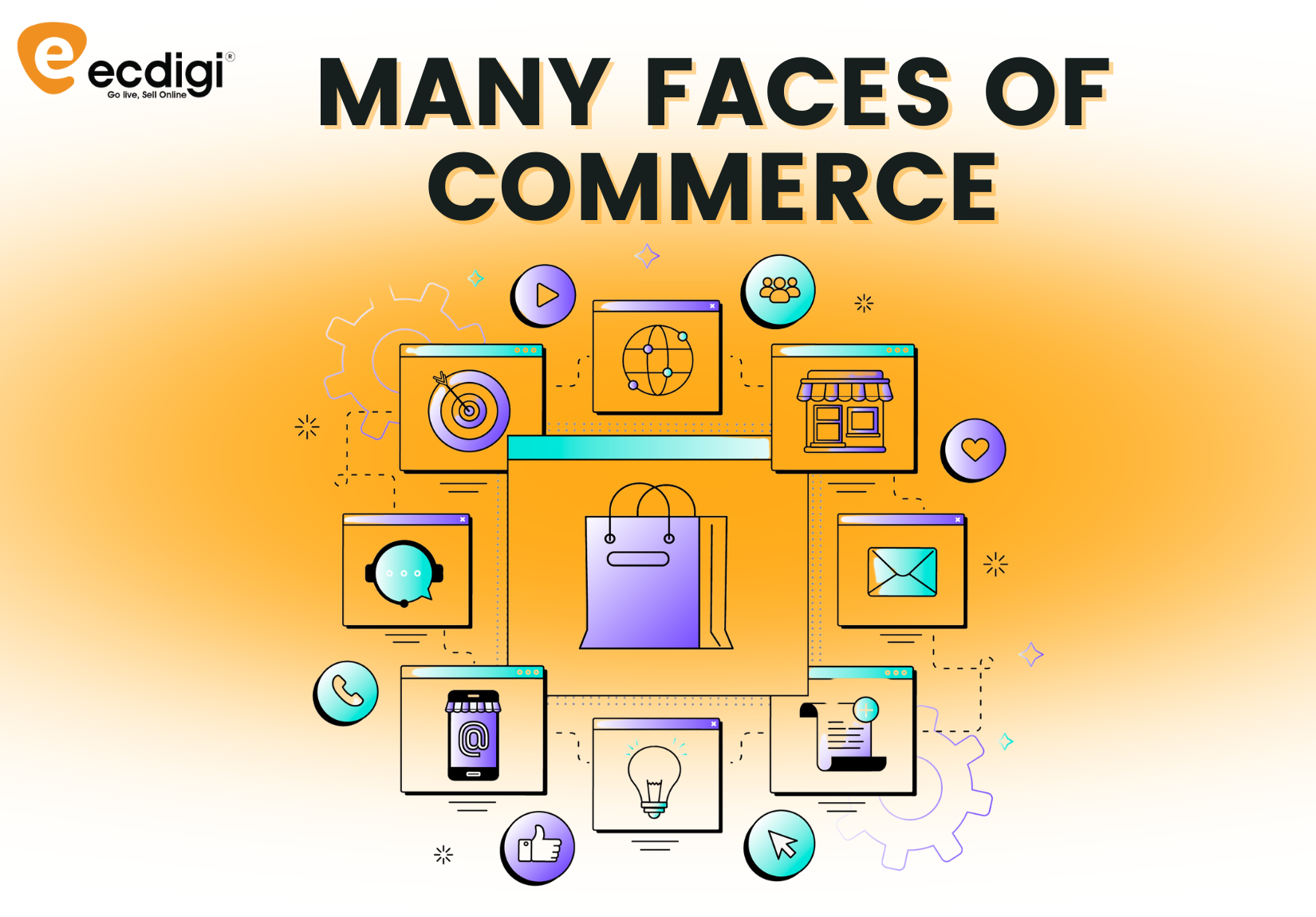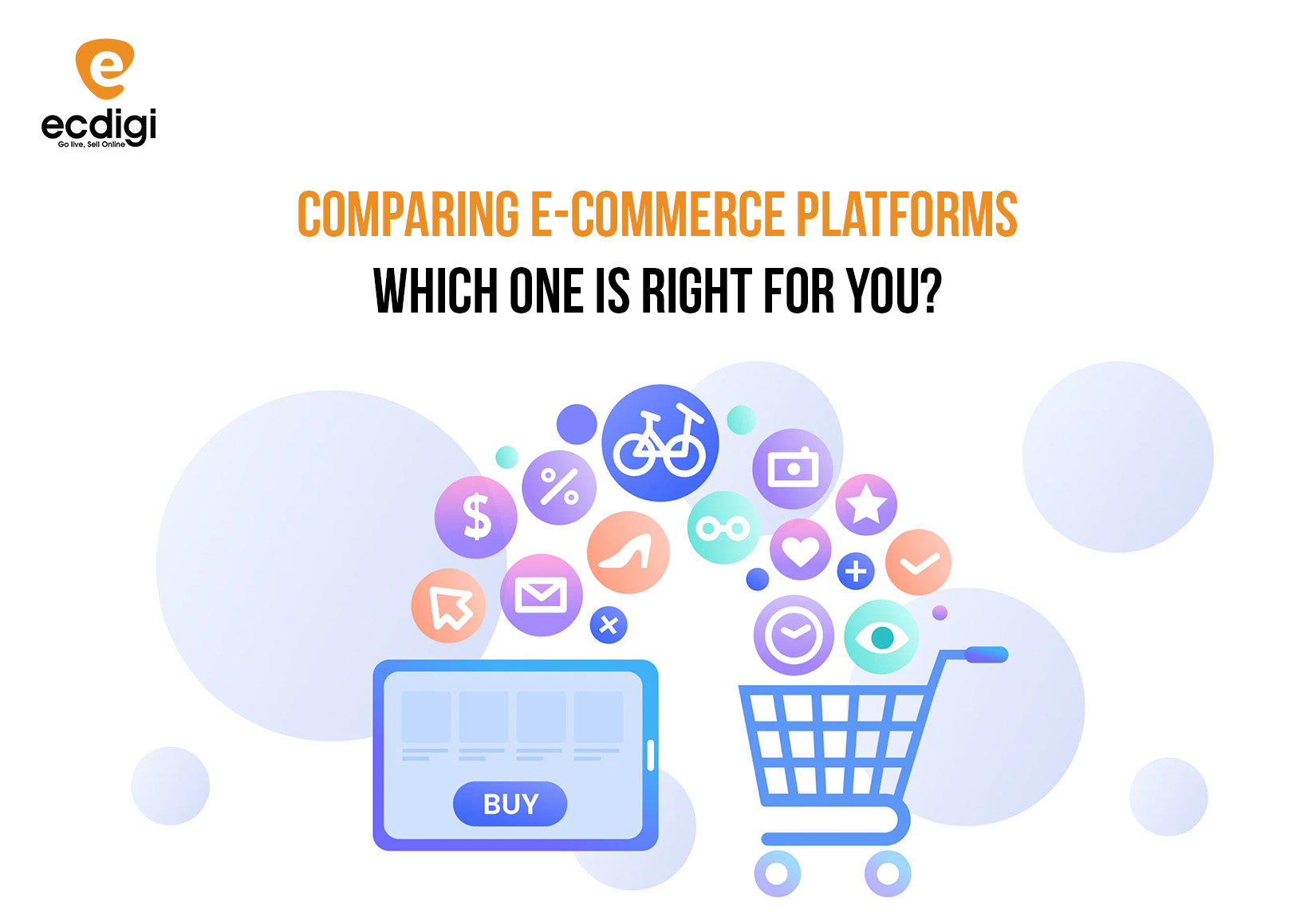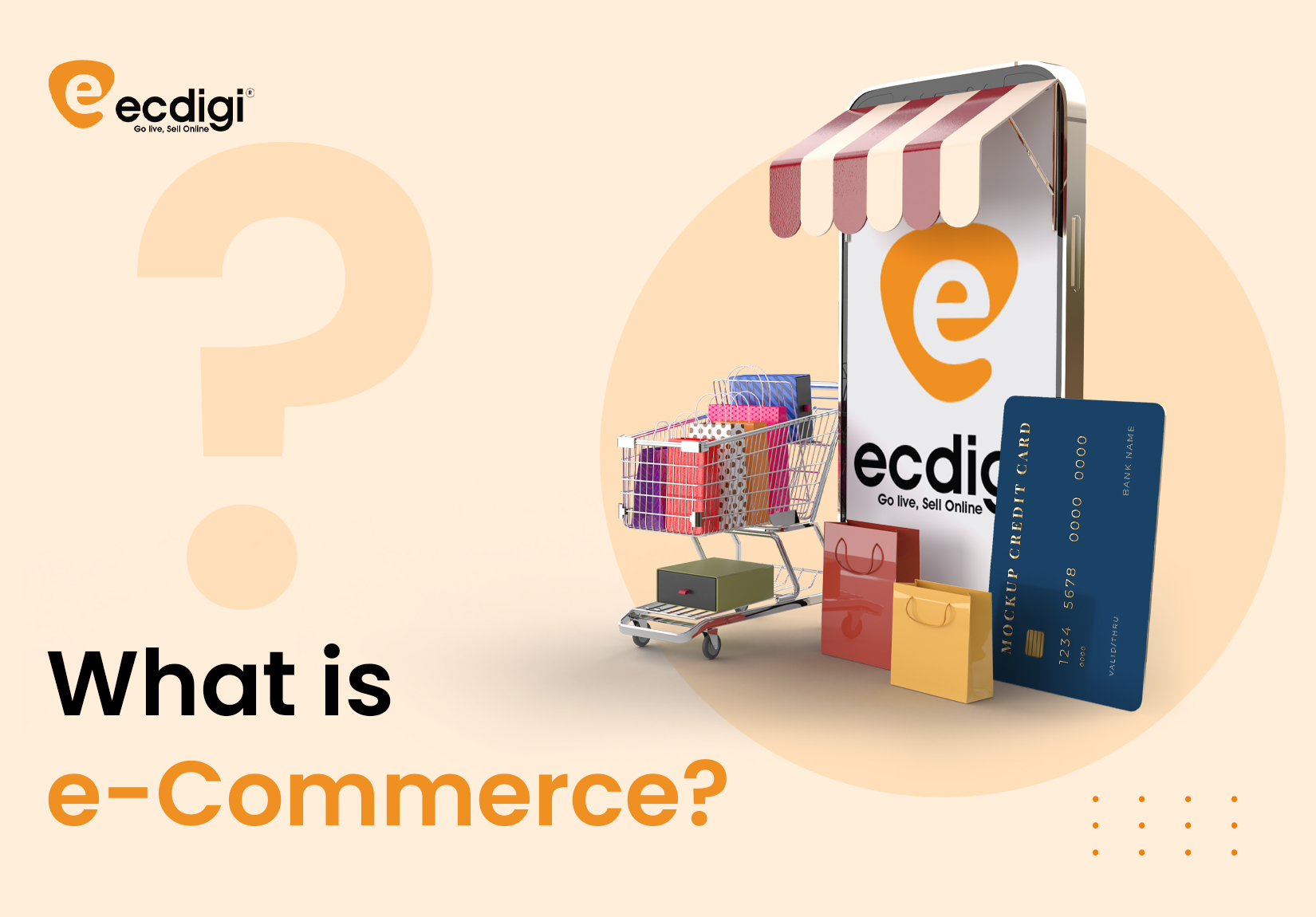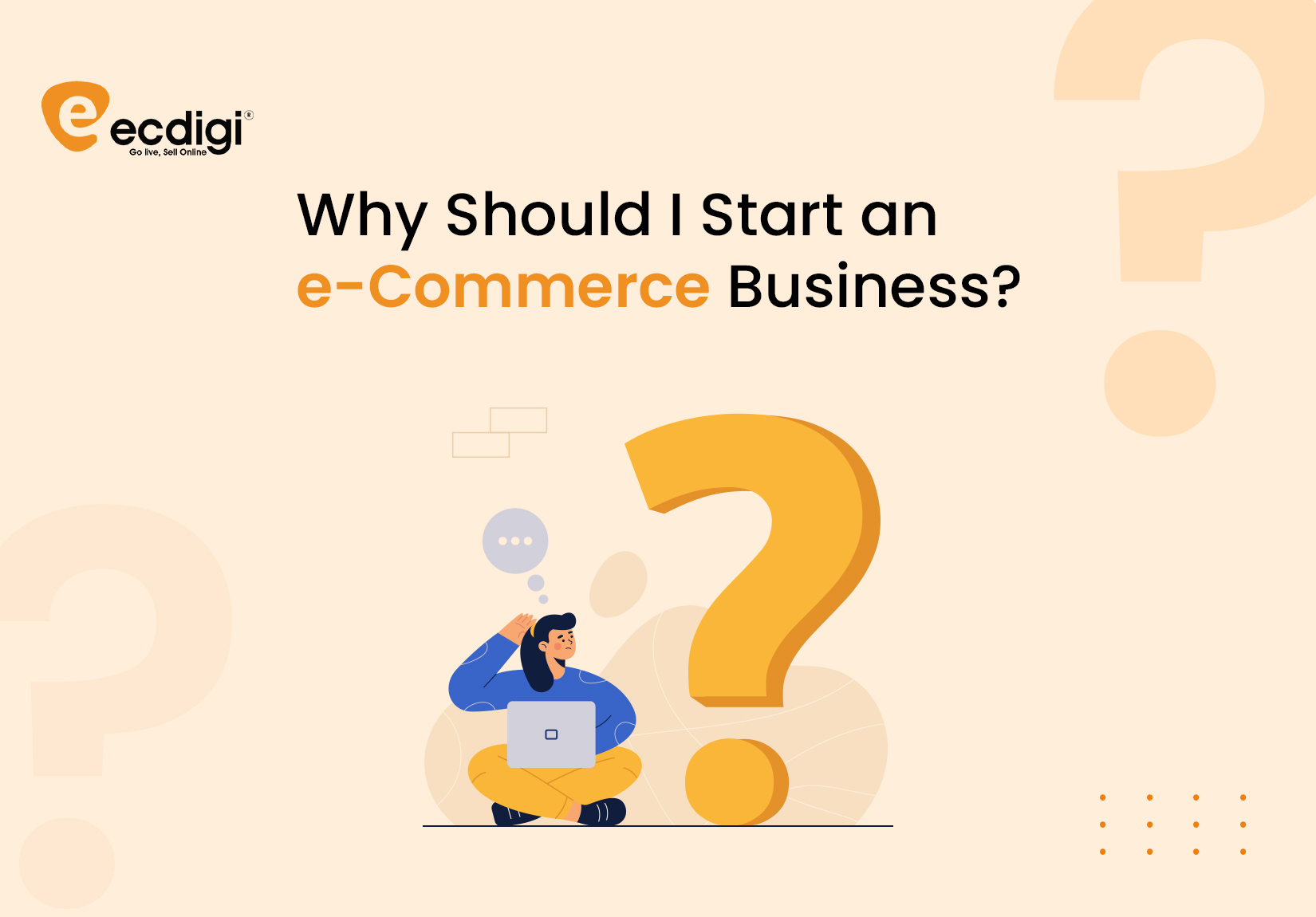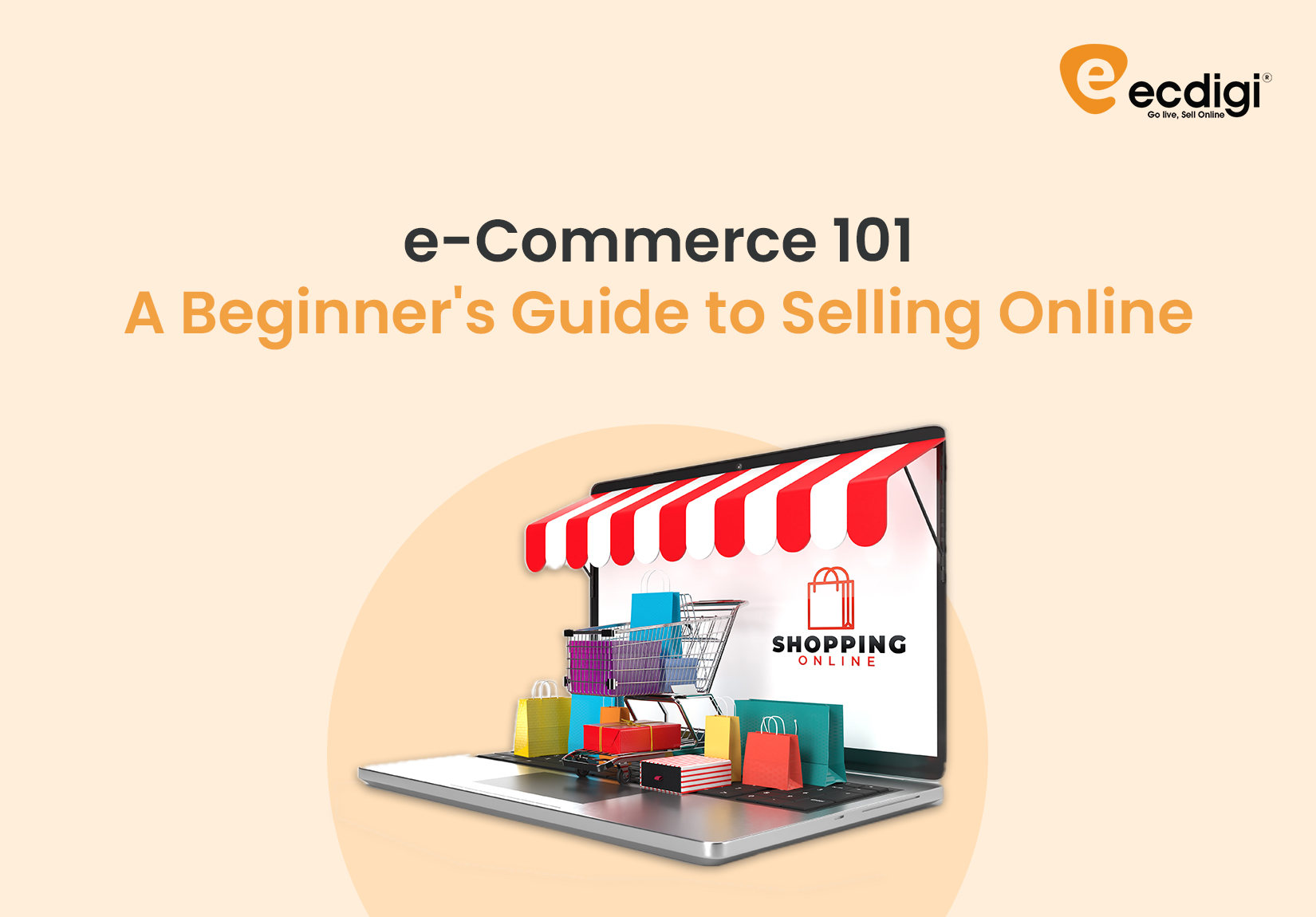What Are the Essential Tools for Running an e-Commerce Business?
e-Commerce FAQ | 07 Aug, 2024

Running a successful e-Commerce business involves juggling multiple tasks, from managing inventory and processing orders to marketing and customer service. To streamline these processes and ensure efficiency, utilizing the right tools is crucial. This article will explore the essential tools for running an e-Commerce business, including those for website management, inventory control, marketing, customer service, and analytics.
1. e-Commerce Platform
An e-Commerce platform is the backbone of your online store, providing the infrastructure to manage products, process transactions, and interact with customers.
a. Popular Platforms:
Consider using popular e-Commerce platforms such as Shopify, WooCommerce, Magento, or ecDigi. These platforms offer a range of features to customize your store, manage inventory, and handle transactions.
b. Customization Options:
Choose a platform that allows you to customize your store’s design and functionality according to your business needs. Look for themes, plugins, and extensions that enhance your store’s features.
c. Scalability:
Select a platform that can scale with your business growth. Ensure it supports an increasing number of products, customers, and transactions.
Example:
For a fashion store, using Shopify provides an easy-to-use interface with a variety of themes and apps to customize your store and manage inventory, making it ideal for both small and growing businesses.
2. Payment Processing Tools
Payment processing tools are essential for handling transactions securely and efficiently. They enable you to accept payments online and manage financial transactions.
a. Payment Gateways:
Integrate reliable payment gateways like PayPal, Stripe, or Square to process payments. These gateways offer various payment methods, including credit cards, debit cards, and digital wallets.
b. Fraud Prevention:
Choose payment processing tools that offer fraud detection and prevention features. These tools help identify and block suspicious transactions.
c. Secure Transactions:
Ensure that your payment processing tools are PCI-DSS compliant and use encryption to protect sensitive payment information.
Example:
For an electronics store, integrating Stripe allows you to accept payments from various sources while providing advanced fraud detection and secure transaction processing.
3. Inventory Management Software
Inventory management software helps you keep track of stock levels, manage product listings, and forecast demand.
a. Real-Time Tracking:
Choose software that offers real-time inventory tracking to prevent stockouts and overstocking. It should update inventory levels automatically across all sales channels.
b. Order Management:
Look for features that allow you to manage orders efficiently, including processing returns, handling backorders, and tracking shipments.
c. Integration:
Ensure the inventory management software integrates with your e-Commerce platform and other tools to streamline operations.
Example:
For a home decor store, using inventory management software like TradeGecko helps you track stock levels, manage orders, and forecast demand, ensuring you always have the right products available.
4. Marketing Tools
Marketing tools are essential for driving traffic to your store, engaging customers, and boosting sales. They help you manage and execute various marketing strategies.
a. Email Marketing:
Use email marketing platforms like Mailchimp or Klaviyo to create and manage email campaigns, automate follow-ups, and segment your audience.
b. Social Media Management:
Leverage social media management tools like Hootsuite or Buffer to schedule posts, engage with followers, and analyze social media performance.
c. SEO Tools:
Optimize your store for search engines with SEO tools like Google Analytics, SEMrush, or Ahrefs. These tools help you track keywords, analyze competitors, and improve your search engine rankings.
Example:
For a beauty product store, using Mailchimp for email marketing campaigns and SEMrush for SEO optimization can help drive traffic to your site and increase sales through targeted promotions and improved search rankings.
5. Customer Service Tools
Customer service tools enhance your ability to support and engage with customers, improving their overall experience.
a. Live Chat:
Implement live chat software like Zendesk Chat or Intercom to provide real-time support and answer customer queries promptly.
b. Helpdesk Systems:
Use helpdesk systems like Freshdesk or Help Scout to manage customer support tickets, track interactions, and provide efficient resolutions to customer issues.
c. Customer Feedback:
Collect and analyze customer feedback with tools like SurveyMonkey or Typeform to gain insights into customer satisfaction and identify areas for improvement.
Example:
For a pet supplies store, using Zendesk Chat for real-time customer support and Freshdesk for managing support tickets can enhance customer service and improve overall satisfaction.
6. Analytics and Reporting Tools
Analytics and reporting tools help you monitor and analyze your store’s performance, providing valuable insights to make data-driven decisions.
a. Google Analytics:
Google Analytics provides detailed insights into website traffic, user behavior, and sales performance. It helps you track key metrics and identify trends.
b. Sales Reporting:
Use sales reporting tools like Looker or Google Data Studio to create custom reports, analyze sales data, and track performance against your business goals.
c. Conversion Tracking:
Implement conversion tracking tools to measure the effectiveness of your marketing campaigns and identify which channels drive the most sales.
Example:
For a gourmet food store, using Google Analytics to track website traffic and Google Data Studio to create sales reports can provide valuable insights into customer behavior and campaign performance.
7. Shipping and Fulfillment Tools
Shipping and fulfillment tools streamline the process of packing and shipping orders, ensuring timely and accurate delivery.
a. Shipping Software:
Integrate shipping software like ShipStation or Shippo to automate label printing, track shipments, and compare shipping rates.
b. Fulfillment Centers:
Consider partnering with fulfillment centers like Fulfillment by Amazon (FBA) or ShipBob to handle warehousing, packing, and shipping on your behalf.
c. Order Management:
Use order management systems to track and manage orders from multiple sales channels, ensuring smooth and efficient fulfillment.
Example:
For a fashion store, using ShipStation for managing shipping and partnering with a fulfillment center like ShipBob can streamline the order fulfillment process and ensure timely delivery to customers.
Conclusion
Utilizing the right tools is essential for running a successful e-Commerce business. By integrating an effective e-Commerce platform, payment processing tools, inventory management software, marketing tools, customer service solutions, analytics and reporting tools, and shipping and fulfillment systems, you can streamline operations, enhance customer experience, and drive growth. Invest in these essential tools to optimize your e-Commerce business and achieve long-term success.


